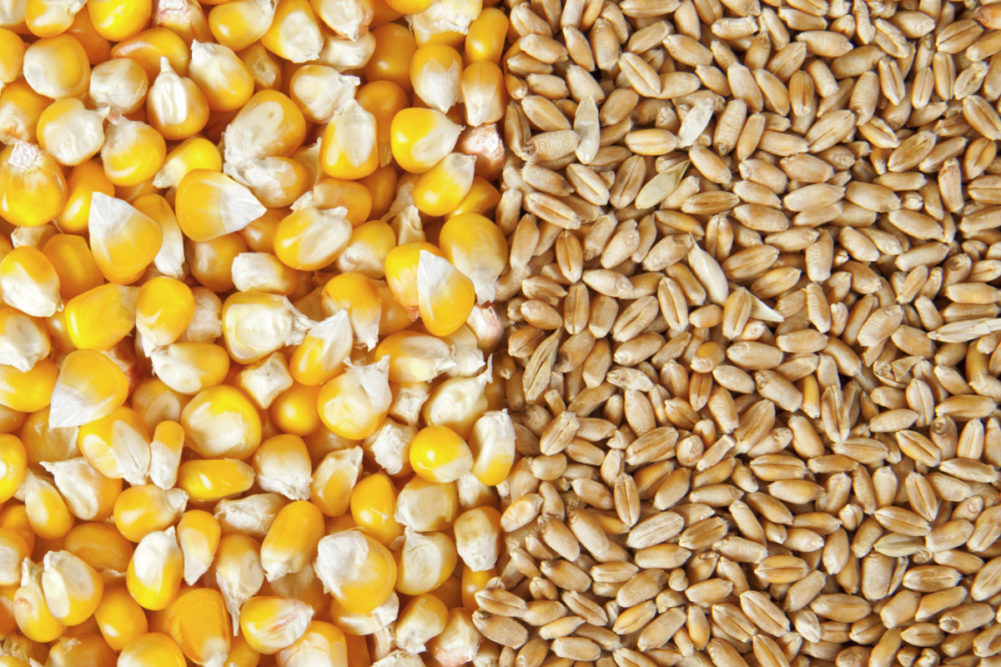BUENOS AIRES, ARGENTINA —Reduced planting challenges Argentina’s wheat, corn and barley production for the 2020-21 marketing year, according to a report from the Foreign Agricultural Service of the US Department of Agriculture.
Argentina’s wheat production is forecast to drop one million tonnes, to 20 million tonnes, for the 2020-21 marketing year as dry weather reduced planted area expectations. Exports for the commodity is expected to be 13.4 million tonnes, but some producers remain concerned about possible wheat export tax increases.
In December 2019, the Argentinian government raised export taxes on wheat, corn and soybeans in order to meet the country’s fiscal requirements. Taxes on corn and wheat exports were raised to 12% from 6.7%. This anticipated increase led to advanced sales for market year 2019-20 grain, selling out wheat, corn and soybean by the first week of December 2019.
Currently, producers are concerned that the government will increase the wheat export tax to 15% from 12%, as allowed by congress. According to the USDA, Argentina’s minister of agriculture has repeated recently the government does not plan to increase the export tax.
The USDA expects a reduction in corn production as Argentinian farmers grapple with the possibility of switching to soybean. Corn production costs are 80% higher than those for soybean. Corn production for the 2020-21 marketing year is expected to fall 2.4 million tonnes to 47.6 million tonnes.
Corn producers also are concerned about the possibility of rising export taxes, specifically on corn. Argentina’s corn exports are forecast at 33 million tonnes, a decline of one million tonnes compared to the previous year.
Barley also saw reduced planting area due to weakening global demand for feed and malting barley, higher demands for wheat and rainy conditions.
The USDA projects Argentina’s 2020-21 marketing year barley production to total 3.5 million tonnes, a slight reduction of 200,000 tonnes compared with the previous year. Barley exports also are anticipated to decrease to 2.4 million tonnes parallel to smaller production.






